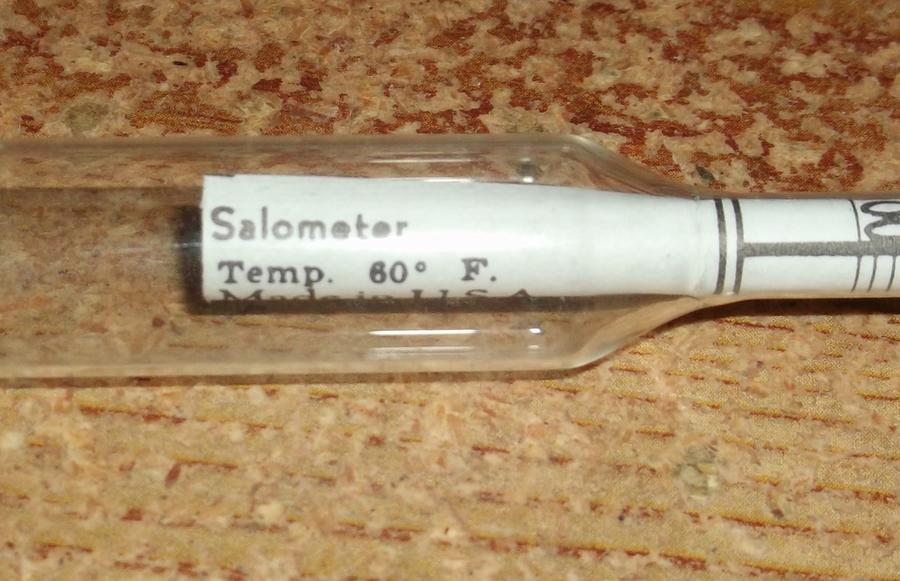- Mar 15, 2012
- 87
- 15
I have been dry curing for a few years now with very good results. learned a lot at the N. Fl gathering and using the calculator on the forum I got bacon and buck board bacon, venison Canadian bacon down. I would like to cure a whole Boston butt or fresh ham. With a dry cure you weight the meat, then calculate your cure and salt. But with a brine I worry about the addition of water. Do you calculate the weight of meat and figure in the amount of water it will take to cover the meat along with the injection brine? I know curing must be done accurately to be safe. So experimenting is out of the question for me. all help will be appreciated. Thanks, Van










